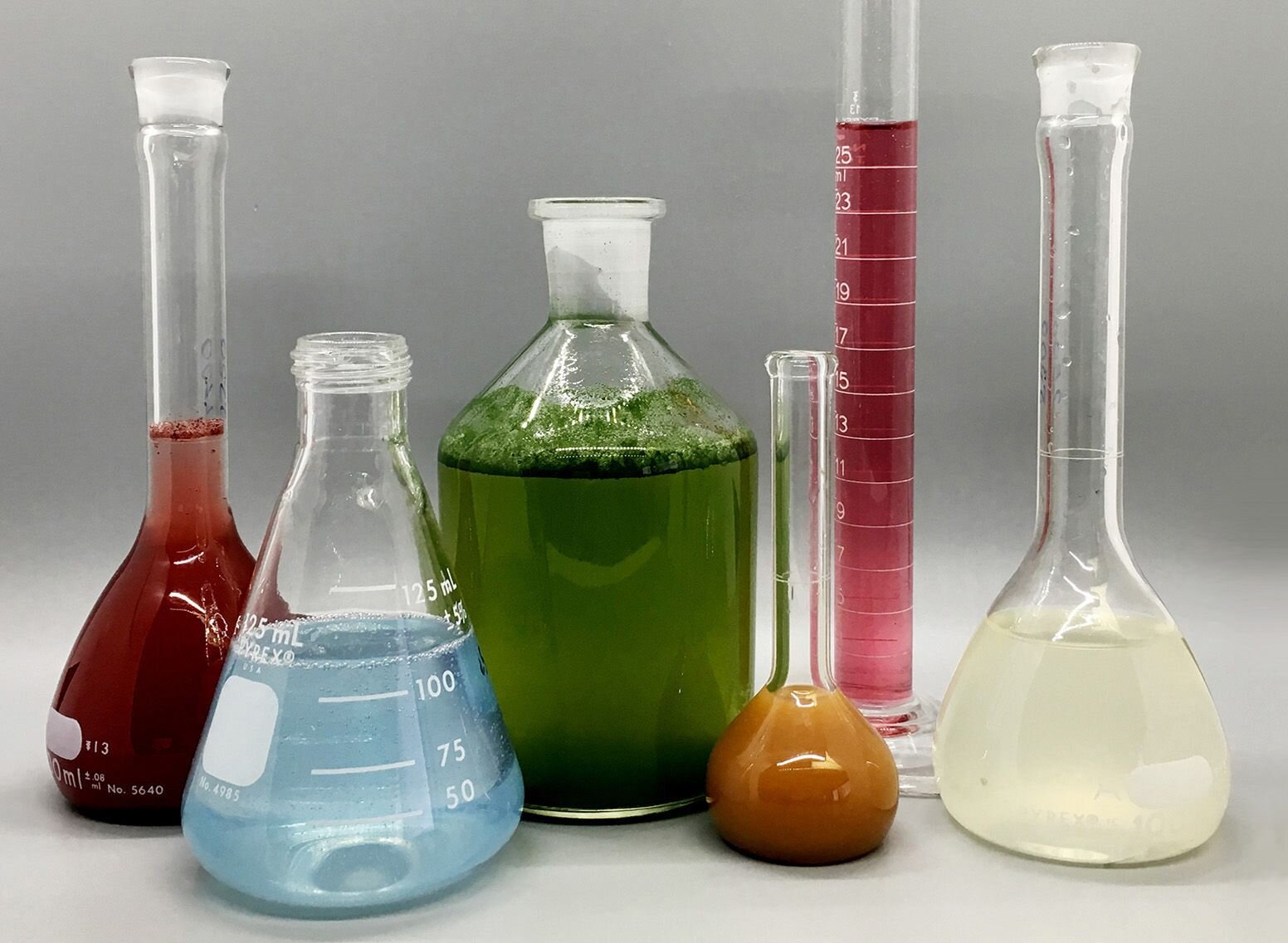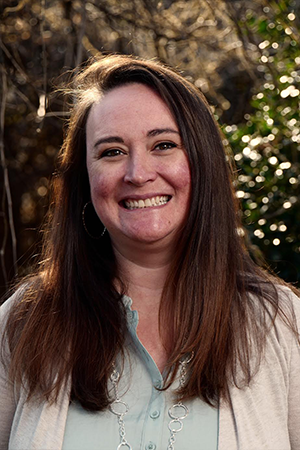The Ultimate Guide To Circularly Polarized Luminescence
Table of ContentsHow Circularly Polarized Luminescence can Save You Time, Stress, and Money.Uv/vis - The FactsThe Greatest Guide To Circularly Polarized LuminescenceThe Best Strategy To Use For Circularly Polarized LuminescenceThe Circularly Polarized Luminescence Ideas

Spectrophotometry is a tool that hinges on the quantitative analysis of molecules depending on how much light is absorbed by colored substances.
Circular Dichroism Fundamentals Explained
A spectrophotometer is typically used for the measurement of transmittance or reflectance of services, transparent or opaque solids, such as sleek glass, or gases. Although many biochemicals are colored, as in, they absorb visible light and therefore can be measured by colorimetric treatments, even colorless biochemicals can frequently be converted to colored compounds suitable for chromogenic color-forming reactions to yield substances ideal for colorimetric analysis.: 65 Nevertheless, they can likewise be developed to measure the diffusivity on any of the listed light ranges that generally cover around 2002500 nm using different controls and calibrations.
An example of an experiment in which spectrophotometry is used is the decision of the balance constant of a service. A particular chemical response within an option may occur in a forward and reverse direction, where reactants form items and products break down into reactants. At some point, this chain reaction will reach a point of balance called a stability point.
The Uv/vis PDFs
The amount of light that travels through the solution is a sign of the concentration of specific chemicals that do not enable light to pass through. The absorption of light is because of the interaction of light with the electronic and vibrational modes of molecules. Each kind of molecule has a private set of energy levels related to the makeup of its chemical bonds and nuclei and hence will absorb light of particular wavelengths, or energies, resulting in special spectral homes.
They are widely used in lots of that site industries consisting of semiconductors, laser and optical manufacturing, printing and forensic evaluation, as well as in laboratories for the research study of chemical substances. Spectrophotometry is frequently used in measurements of enzyme activities, determinations of protein concentrations, decisions of enzymatic kinetic constants, and measurements of ligand binding reactions.: 65 Ultimately, a spectrophotometer is able to identify, depending on the control or calibration, what compounds are present in a target and exactly how much through calculations of observed wavelengths.
This would come as an option to the formerly produced spectrophotometers which were not able to soak up the ultraviolet properly.
How Circular Dichroism can Save You Time, Stress, and Money.
It would be found that this did not offer acceptable results, therefore in Design B, there was a shift from a glass to a quartz prism which enabled much better absorbance results - circular dichroism (https://www.indiegogo.com/individuals/36812837). From there, Design C was born with a change to the wavelength resolution which wound up having 3 systems of it produced
It irradiates the sample with polychromatic light which the sample soaks up depending on its residential or commercial properties. It is transferred back by grating the photodiode variety which discovers the wavelength area of the spectrum. Since then, the development and implementation of spectrophotometry gadgets has actually increased tremendously and has become one of the most ingenious instruments of our time.

How Uv/vis can Save You Time, Stress, and Money.
The grating can either be movable or repaired.
In such systems, the grating is repaired and the strength of each wavelength of light is measured by a different detector in the variety. When making transmission measurements, the spectrophotometer quantitatively compares the fraction of light that passes through a referral option and a test solution, then electronically compares the intensities of the 2 signals and calculates the portion of transmission of the sample compared to the referral standard.
